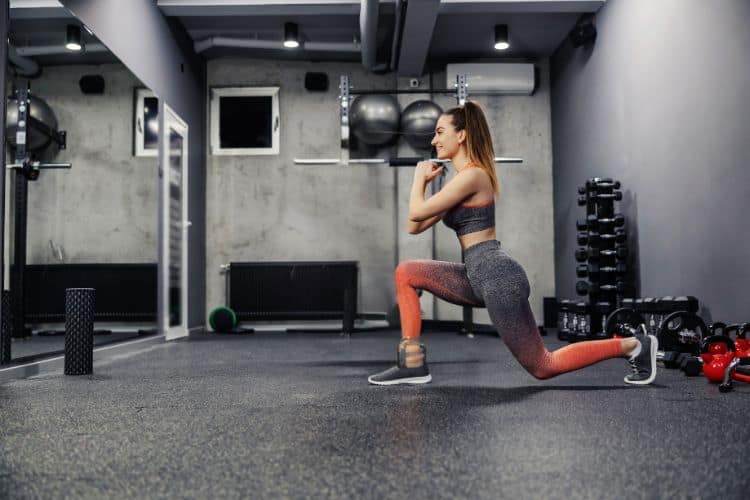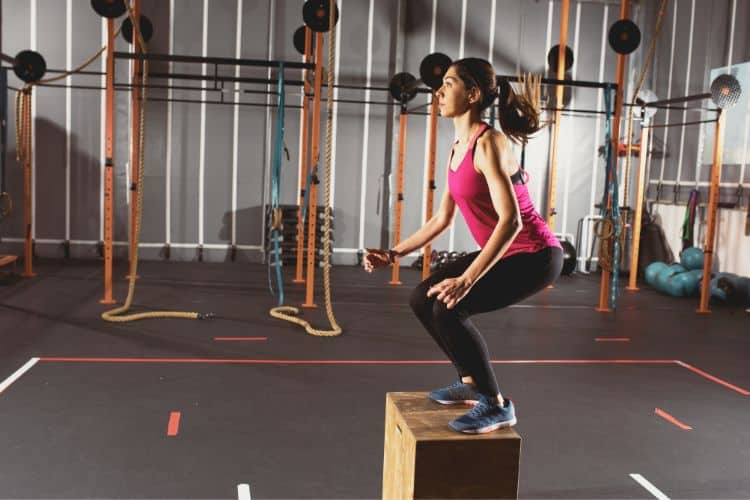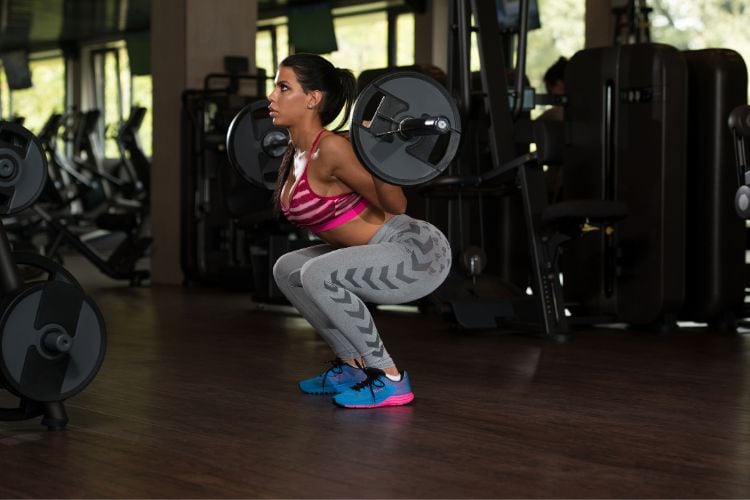Sign up for workout ideas, training advice, reviews of the latest gear and more.






Progressive overload is a scientifically proven training principle where you gradually increase the demands placed on your muscles to make them stronger and more resilient. Whether you want to tone your body, gain lean muscle, or improve endurance, progressive overload is essential for long-term fitness success. In simple terms, this means consistently increasing the weight you lift, the number of repetitions, the number of sets, or even reducing rest time to challenge your muscles and force them to adapt. For women, progressive overload workouts can help boost metabolism, increase strength, and reshape the body without creating bulk.
Many women hit a plateau in their fitness journey. You might be doing the same exercises for weeks but stop seeing results. Progressive overload helps you push past these barriers by continually challenging your muscles in new ways.
Adding lean muscle through progressive overload not only tones your body but also boosts your metabolism. Muscle tissue burns more calories at rest, helping with fat loss and body recomposition.
Progressive overload encourages variety. As you progress, you’ll naturally need to try different weights, reps, and workout styles. This keeps your fitness routine fresh and engaging.
Many women worry that strength training will make them bulky. But with a progressive overload approach focused on moderate reps and weights, women can build sleek, strong muscles without unwanted mass.
The most common method is to slowly increase the weight you’re lifting. If you’re currently squatting with 15-pound dumbbells, try moving up to 20 pounds after a few weeks.
If you’re doing 3 sets of 10 reps, increase to 12 reps or add a fourth set. Small changes like this over time will lead to significant progress.
Reducing rest time between sets forces your muscles to work harder and boosts your endurance. Try cutting rest from 60 seconds to 45 seconds for a greater challenge.
Progressive overload doesn’t always mean heavier weights. Slowing down your tempo or improving your form can dramatically increase the intensity of an exercise.
Doing a muscle group twice a week instead of once or increasing your weekly training volume can effectively apply overload.
Here’s a sample 4-week progressive overload plan for women targeting full-body strength and toning.
Goal: Establish form and baseline strength.
Schedule:
Sample Lower Body Workout (Monday):
Tip: Focus on form, using light to moderate weights.
Goal: Add reps or sets to each workout.
Adjustments:
Sample Upper Body Workout (Wednesday):
Goal: Increase weights or reduce rest time.
Adjustments:
Sample Full Body Circuit (Friday):
Perform as a circuit, 3 rounds total:
Tip: Push for intensity but maintain good form.
Goal: Test your progress with higher weights, reps, and time.
Adjustments:
Bonus Full-Body Strength Day (Saturday):
Use a fitness journal or app to track weights, sets, and reps. Seeing your numbers improve will motivate you to keep going.
Progressive overload is about gradual increases. Jumping to heavier weights too quickly can lead to injury.
Muscles grow and adapt during rest. Ensure you’re getting enough sleep, rest days, and nutrition to recover effectively.
Fueling your body with enough protein, healthy fats, and carbs will support muscle growth and energy levels.
After 4–6 weeks, switch your exercises, training split, or rep ranges to continue applying progressive overload.
Most women don’t produce enough testosterone to develop large muscles naturally. Instead, you’ll build firm, toned muscles.
Every woman—from beginner to advanced—benefits from this principle. It’s how our muscles adapt and become stronger.
While cardio helps with calorie burn, building muscle through progressive overload boosts resting metabolic rate and long-term fat loss.
Progressive overload is a powerful strategy for women who want to tone their bodies, gain strength, and improve their health. By gradually increasing the demands on your muscles, you’ll build lean mass, burn fat, and reshape your body in a sustainable way.
Whether you’re a beginner or have been training for years, progressive overload should be at the core of your workout routine. Focus on small, consistent improvements each week, and you’ll be amazed at the long-term results.
Absolutely! Beginners can start with light weights or even bodyweight movements. The key is gradually increasing the challenge as your body adapts.
Increase weights every 1–2 weeks if you can complete all sets and reps with good form. Small jumps (2–5 lbs) are ideal.
No. You can use progressive overload at home using resistance bands, dumbbells, or even your bodyweight.
3–4 days is optimal for most women. Split your training into upper body, lower body, and full body days for best results.
Here’s a simple weekly log you can use:
| Exercise | Weight Used | Sets | Reps | Notes (e.g., increase next week?) |
|---|---|---|---|---|
| Goblet Squat | 20 lbs | 3 | 12 | Try 25 lbs next week |
| Dumbbell Press | 15 lbs | 3 | 10 | Form solid, increase reps next |
| Plank | Bodyweight | 3 | 30s | Add shoulder taps next week |
If you’re ready to sculpt a stronger, leaner physique, progressive overload workouts for women are your ultimate tool. Start simple, stay consistent, and empower your body through strength.
Want more effective workouts?
Subscribe to our blog or follow us on Pinterest for new routines, challenges, and fitness tips!
Stay up to date on the latest women’s health, fitness and lifestyle trends and tips.